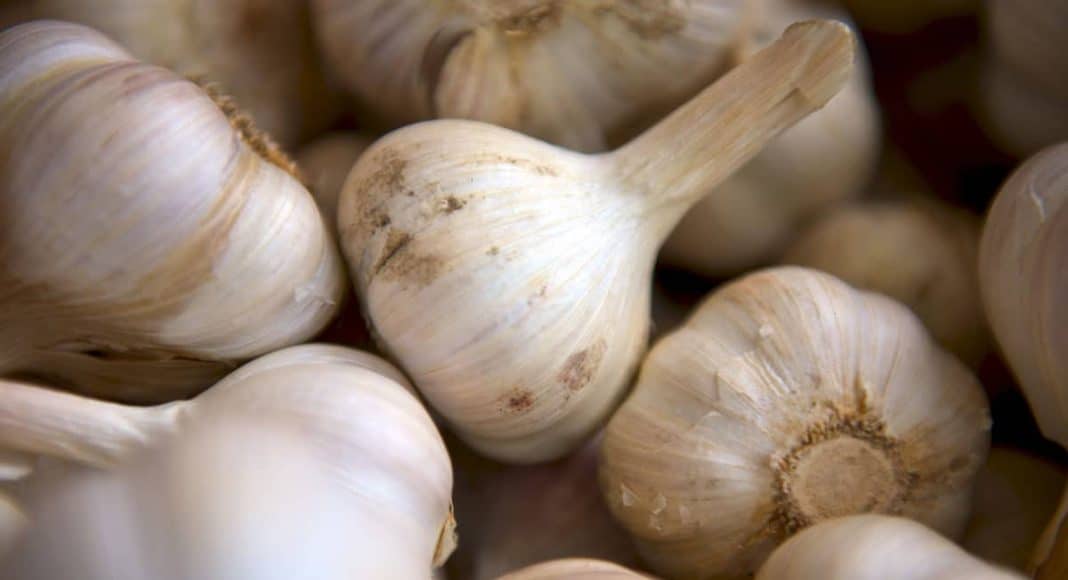Is there a way to bypass the garlic breath that sticks around for hours after you ingest it? How big of a role does color play in our food preferences? And when will taste-o-vision be in everyone’s homes?
Thomas Hofmann, a professor of food chemistry and molecular sensory science at the Technical University of Munich in Germany did a Reddit “Ask Me Anything” (AMA) to put a dent in our understanding of flavor. Grab your science nerd hats (and maybe a medical dictionary), because here are the highlights.
On if he ascribes to the idea of the five basic tastes: sweetness, sourness, saltiness, bitterness, and umami-ness:
“Yes, there are five basic taste qualities identified today on the phenomological as well as genetic level. Next to the five basic tastes with one receptor for sweet, one for umami, one for sour, one for salty and 25 for bitter, we are equipped with about 400 olfactory receptors.”
On why garlic lingers on the breath longer than other foods:
“After ingestion, some of the garlic odorants are metabolized to give allyl methyl sulfide (AMS). This AMS is the only odor-active metabolite formed, is circulated in the blood stream and then exhaled via the lungs, thus giving rise to the bad garlic breath.”
On how color effects our food choices:
“Indeed, our chemical senses can be fooled by other sensory inputs. In particular false colors induce another expectation in our brain that is then not met by the type of aroma or taste we perceive. These cases of “sensory incongruency” challenges our decision on what we really perceive.”


